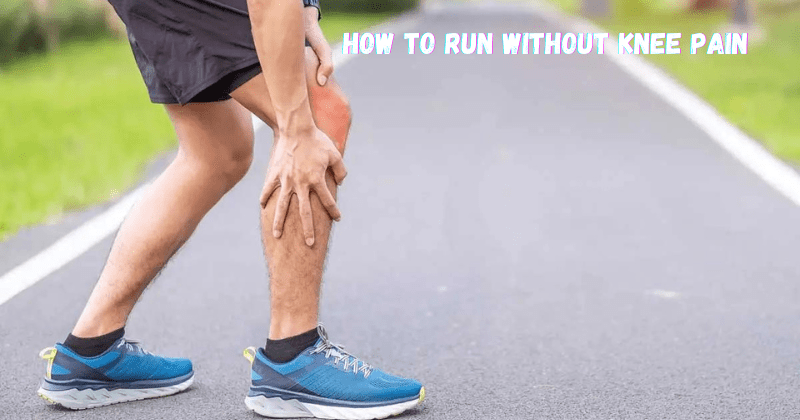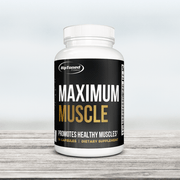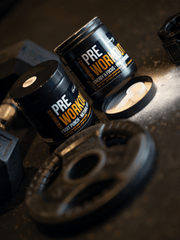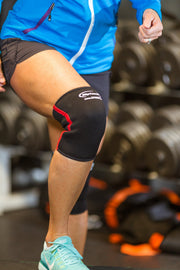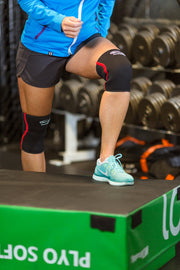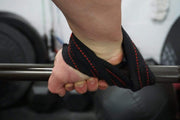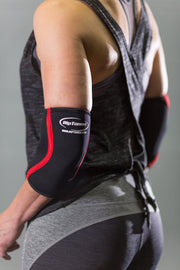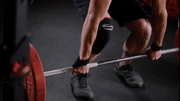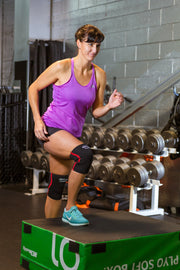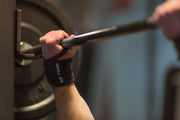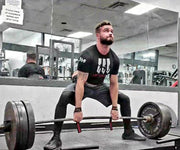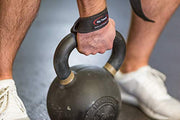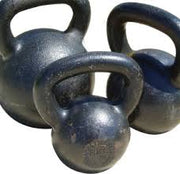Are you an avid runner who's been plagued by pesky knee pain? Or are you new to running but have already felt the effects of those sore and aching knees when training for your next race? Knee pain associated with running can be frustrating and discouraging, preventing you from reaching your full potential.
However, it is possible to run without enduring unnecessary discomfort or injury. Through targeted exercises that strengthen muscles around your joints and smarter strategies in how and where you choose to train for races, it is absolutely possible to minimize or even eliminate knee pains once and for all! In this blog post, we will explore tips on running techniques and how to run without experiencing painful knees.
Why Do Knees Hurt When Running?
Knee pain is a common complaint among runners, especially those who are just starting or increasing their mileage. This is because running puts a lot of stress on the knees, leg muscles, and calf muscles, which can lead to overuse injuries if proper precautions are not taken.
One reason for knee pain while running is poor biomechanics. In other words, your body may not move the most efficiently, causing excessive strain on your joints. This can occur due to weak hip muscles, tight calves or hamstrings, and improper foot strikes.
Another contributing factor is running on hard surfaces such as concrete or asphalt. These unforgiving surfaces do not absorb shock well, meaning each step's impact is transferred directly to your knees. This can lead to inflammation, pain, and even stress fractures.
Additionally, training errors can also contribute to knee pain. Going too hard, too fast, or increasing mileage too quickly can put excessive strain on your knee joints themselves, leading to overuse injuries. It's important to listen to your body and gradually increase the intensity and distance of your runs.
Preventing Knee Pain While Running
The good news is that you can take steps to prevent and alleviate knee pain while running. Here are some tips to help you with knee bends and run without discomfort:
Invest in a good pair of running shoes
The right pair of running shoes can make a world of difference when it comes to preventing knee pain. Running shoes should provide adequate cushioning and support for your feet over stride, absorbing shock and reducing impact on your knees. It's important to get fitted for the right type of shoe for your foot, heel strike, and arch type.
Strengthen Your Muscles
Weak muscles can be a contributing factor to knee pain while running. It's important to strengthen the muscles around your knee joint and hips to provide your leg with better stability and support. Targeted exercises such as squats, lunges, bridges, and clamshells can help build strength in these areas.
Warm Up Properly
A proper warm-up can help prepare your muscles and joints for the demands of running, reducing the risk of injury. Dynamic stretching exercises that incorporate movements similar to those used in running can effectively warm your body. Start with a slow jog or brisk walk before gradually increasing your pace.
Mix Up Your Surfaces
As mentioned earlier, hard surfaces can put a lot of strain on your knees. Consider mixing up your running surfaces to include trails, grass, or even a cushioned track. This helps distribute the impact evenly and reduces repetitive stress on your joints.
Listen to Your Body
The most important tip is to listen to your body. If you experience persistent knee pain, it's important to take a break from running and allow your body to rest and recover. Ignoring the pain and pushing through can lead to more serious injuries. It's also important to pay attention to any warning signs, such as swelling or stiffness in your knees.
Can I Treat Knee Pain at Home?
If you're experiencing knee pain while running, it's important to address the issue before it becomes a chronic problem. Luckily, you can take steps at home to alleviate your knee pain and prevent future knee injuries.
Firstly, proper rest is crucial for allowing your knees to heal. This means taking a break from running until the pain subsides. You can still stay active with low-impact activities such as swimming or cycling.
In addition, incorporating strength and flexibility exercises into your exercise routine can help prevent knee pain in the future. Focus on strengthening your glutes, hips, slight forward lean, and core to improve overall stability and reduce strain on your knees and hip width. Stretching your calves, hamstrings, and quadriceps can also help.
Also, consider using ice or heat therapy to alleviate pain and inflammation. Ice can help reduce swelling, while heat can increase blood flow and promote healing.
Finally, make sure you have proper form when running. This includes maintaining an upright posture, keeping your feet aligned with your hips, and avoiding over-striding. Consulting with a physical therapist or running coach can help you identify areas for improvement in your running form.
Tips For Recovery
In the event that you do experience knee pain while running, there are some steps you can take to aid in your recovery:
- Rest: Taking a break from running and allowing your body time to heal is crucial.
- Ice: Applying ice to the affected area can help reduce inflammation and pain.
- Stretching: Gentle stretching
- Foam rolling: Using a foam roller can help relieve tension and tightness in the hamstring muscles around the knee joint.
- Cross-training: Consider incorporating low-impact knee-strengthening exercises such as swimming or cycling to maintain fitness while giving your knees a break.
By following these tips, you can run without experiencing knee pain. Remember to listen to your body, invest in the proper equipment, and incorporate strength training into your cool-down routine to avoid knee pain and keep your knees happy and healthy.
FAQs
Do I need to stop running if I have knee pain?
If you experience persistent knee pain while running, taking a break and allowing your body to heal is important. Ignoring the pain and continuing to run can worsen the knee injury and lead to more serious issues.
How can I prevent knee pain while running?
Proper form, adequate rest, and incorporating strength training exercises can help prevent knee pain while running. It's also important to listen to your body and avoid overdoing it or increasing mileage too quickly.
When should I seek medical attention for knee pain?
If you experience severe or persistent knee pain, swelling, or stiffness, it's important to consult with a doctor. They can help diagnose any underlying issues and provide treatment options. It's also important to seek medical attention if a popping or grinding sensation in your knee accompanies the pain. Remember, early intervention can prevent minor issues from becoming chronic problems.
Conclusion
Knee pain shouldn't hold you back from enjoying your runs. By following these tips and listening to your body, it is possible to run without discomfort. Always warm up properly, invest in good running shoes, and incorporate strength training into your routine.
In the event of knee pain, take a break and allow your body time to recover before returning to running. You can have a pain-free and enjoyable running experience with the right approach. So go out there, lace up your shoes, and hit the pavement without worrying about knee pain. Happy running! Thank you for reading this guide on how to run without knee pain. We hope these tips will help you enjoy pain-free runs for years!

Click here to try our best selling Knee Sleeves to help you protect your knees.

